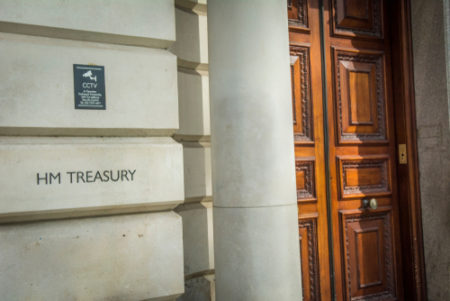The recent Mini Budget, a £45 billion tax cutting package, paid for by increased public borrowing, led to panic among many investors and a run on Britain’s pension funds. As a result, the Bank of England was forced to step in to stop a collapse by pledging to buy around £65 billion of long-dated gilts.
But what exactly are gilts and why do they matter? For many, the financial jargon that has – justifiably – dominated the headlines in recent weeks is confusing and incomprehensible, so we’ll try to answer these questions in straightforward terms.
UK gilts are fixed-interest securities issued by the British government when it wants to raise funds. They are considered low-risk investments, as the government isn’t likely to go bankrupt, which means they’re likely to be able to pay back the loan in full, plus the interest.

Originally, the Bank of England issued paper certificates on behalf of HM Treasury, with a gilt (or gilded) edge. Hence, they are known as gilt-edged securities, or gilts for short.
You can either invest in conventional gilts, with a fixed interest rate or in index-linked gilts, which are linked to the Retail Price Index, meaning their values will rise with inflation.
So investing in a gilt, or a government bond, is similar to making a loan. But instead of lending to an individual, you’re lending to a business or government.
Investors can then receive a regular income in the form of interest over a set period of time, or this income can be reinvested.
When the gilt reaches maturity, the initial nominal investment is then repaid, along with the proceeds of any reinvested amounts.
How do gilts work?
Each gilt is made up of an issuer, coupon and redemption date. For example:
Treasury stock 4% 2023
The issuer is the UK Government Treasury and the coupon is set at 4% interest on a sum of money (typically £100). The redemption date is set at 2023.
So if the government wanted to raise, let’s say, £1 million, it would release one hundred thousand gilts at the value of £100 each. If you were to purchase £1,000 worth of these Treasury gilts, you would receive £40 every year until the loan was repaid in 2023.
You’ll usually find that the further away the redemption date, the higher the interest you will receive.
If you need advice and support on how to manage your money during this volatile period, feel free to get in touch or sign up to our monthly newsletter to keep your finger on the pulse. We’re happy to talk about your situation and our independent advisers offer free reviews with no obligation.
Sam Murphy – 20th October 2022

Sources
https://www.ft.com/content/c7ed9668-e316-4672-99fb-2bffa841b7e8









 Production
Production